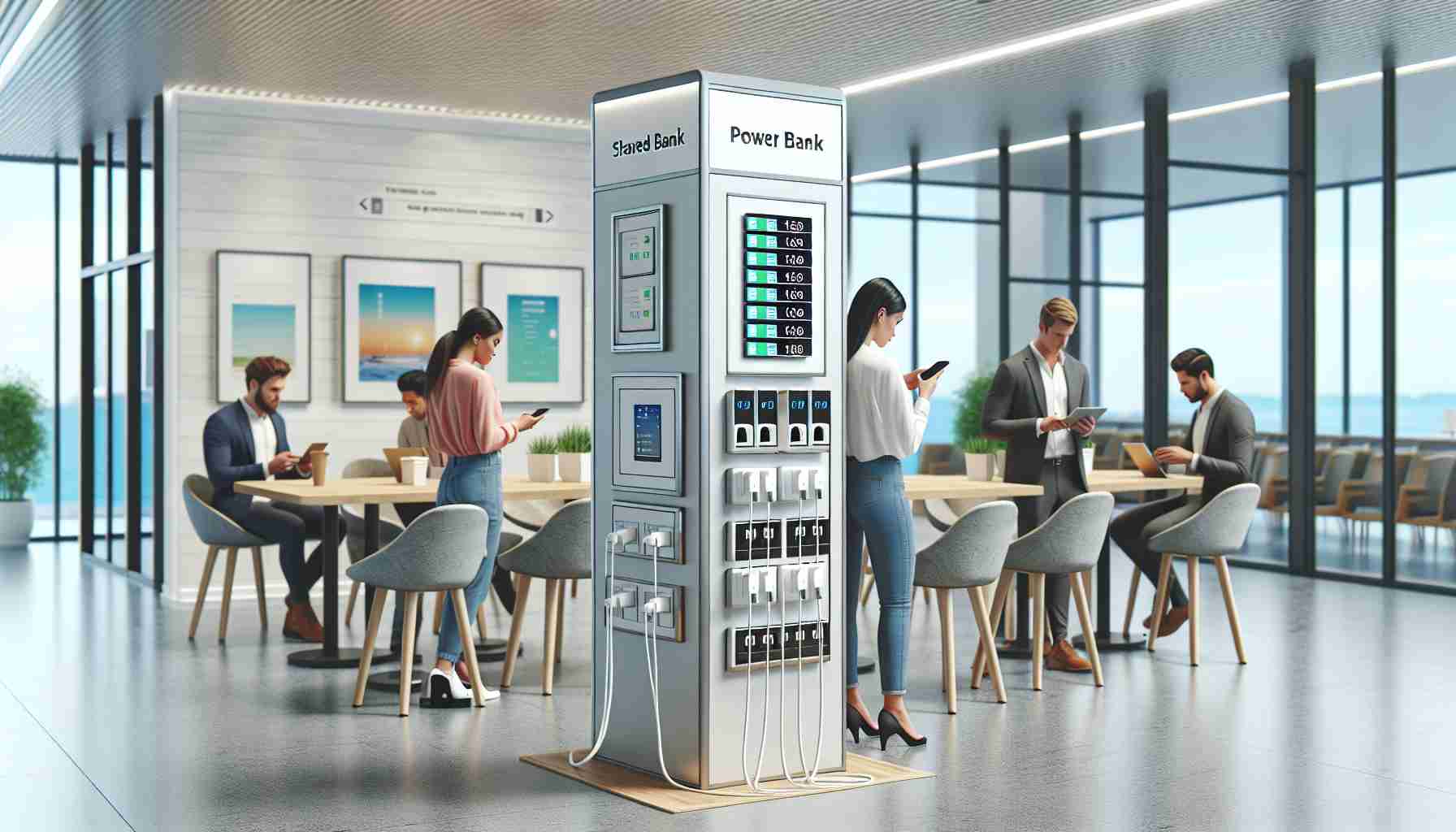A Revolution in Consumer Convenience
The emergence of shared power banks has revolutionized the way consumers deal with low battery anxiety. However, along with the benefits, a host of issues have also cropped up. A recent report by the Consumer Council of Guangdong Province highlighted concerns with various shared power bank brands, including difficulties returning borrowed power banks, inconsistent pricing strategies, and slow charging speeds.
Addressing Key Concerns
To gain insights into the industry, the Consumer Council organized on-site visits in Guangzhou and Shenzhen, assessing 11 brands with a total of 69 effective samples. Issues such as inaccurate information on rental locations and inconsistent pricing across different stores were noted, highlighting the need for standardized practices within the industry.
Enhancing Quality and Service Standards
Several brands were flagged for subpar product quality and performance, with significant discrepancies in charging efficiency observed. The report emphasized the importance of establishing clear and fair pricing standards, improving customer service, and enhancing product maintenance mechanisms to protect consumer rights.
Empowering Consumers and Ensuring Safety
In light of these findings, the Consumer Council recommended that the government focus on enhancing regulations, while shared power bank companies prioritize consumer protection and product quality. Consumers were advised to remain vigilant about safety, understand charging rules, and escalate any disputes promptly for resolution.
Collaborative Efforts for Industry Integrity
Recognizing the importance of collective action, the Consumer Council pledged to work with regulatory authorities and industry stakeholders to address issues within the shared power bank sector. By advocating for self-regulation and fostering a trustworthy consumer environment, efforts are underway to ensure a more seamless and secure user experience.
Additional Facts:
1. Shared power banks are becoming increasingly popular in urban areas around the world, providing convenient charging solutions for people on the go.
2. Some shared power bank services offer features such as wireless charging capabilities and compatibility with a wide range of devices.
3. The shared power bank industry has led to the development of innovative technologies, such as power banks equipped with advanced security features and smart charging algorithms.
Key Questions:
1. How can shared power bank companies address concerns related to product quality and charging efficiency?
2. What measures can be implemented to ensure standardized pricing and transparent information for consumers?
3. How effective are current regulations in overseeing the shared power bank industry and protecting consumer rights?
Key Challenges:
1. Maintaining consistent quality standards across different shared power bank brands.
2. Balancing the need for competitive pricing with the provision of reliable and efficient charging services.
3. Ensuring adequate consumer education about safe charging practices and dispute resolution mechanisms.
Advantages:
– Shared power banks offer a convenient solution for individuals who need to charge their devices while on the move.
– They promote environmental sustainability by reducing the need for disposable batteries.
– Shared power bank networks can enhance connectivity and accessibility to charging facilities in public spaces.
Disadvantages:
– Issues such as inconsistent pricing, slow charging speeds, and subpar product quality can undermine user experience and trust in the service.
– Shared power banks may face security concerns related to data privacy and malware risks.
– Challenges in enforcing regulation and monitoring compliance within the industry can lead to consumer dissatisfaction and disputes.
Related Link:
– Consumer Reports
